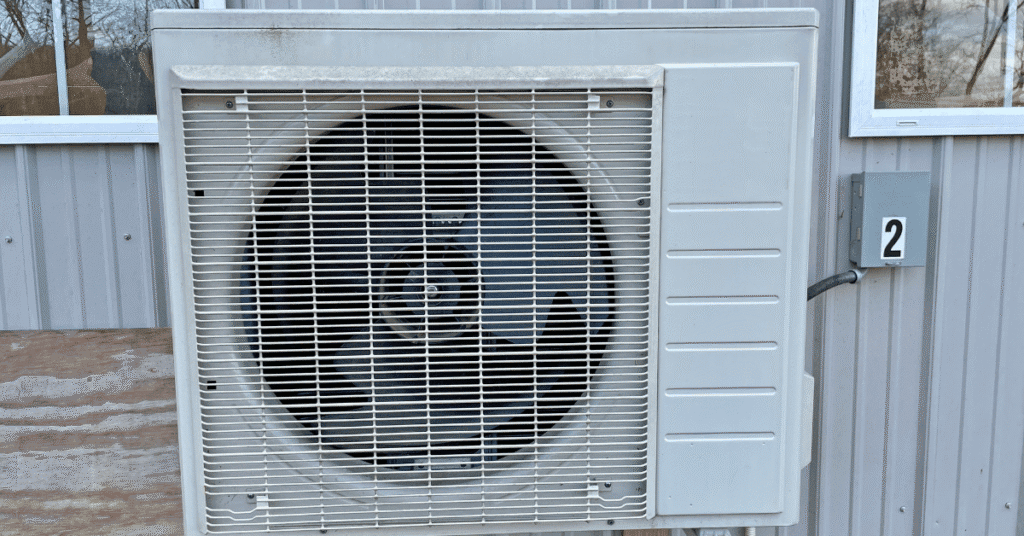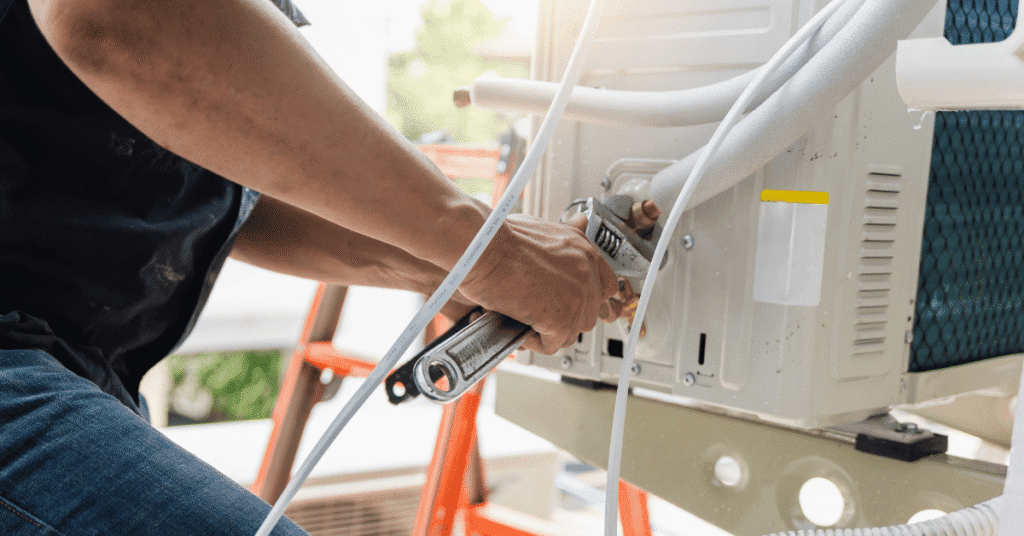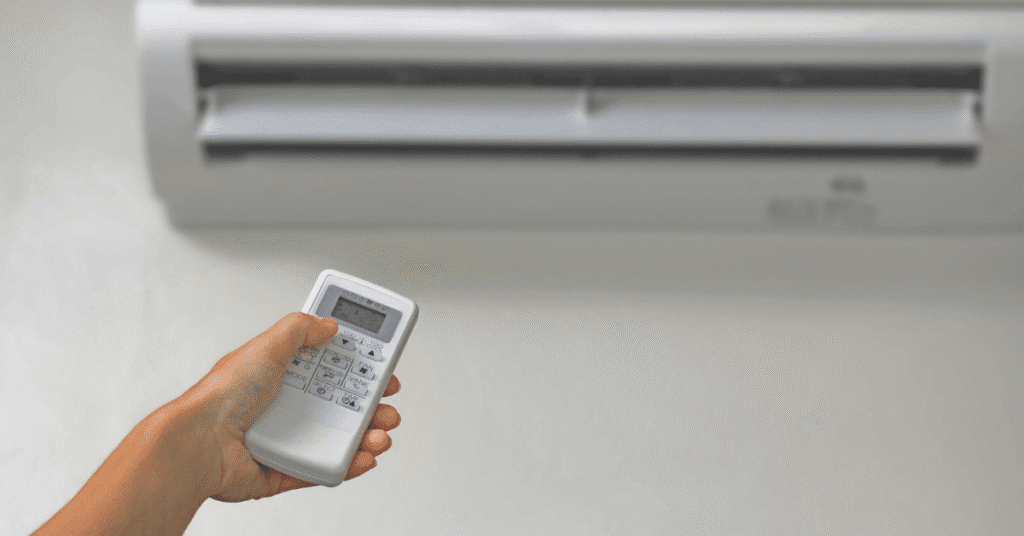A water heater is one of the most essential systems in your home, quietly providing hot water for showers, laundry, and dishes. Yet, it often goes unnoticed until problems arise. One crucial part of regular maintenance is learning when your water heater needs to be flushed.
Importance of Flushing Your Water Heater – Stay Efficient
Flushing removes sediment buildup, improves energy efficiency, and prevents costly repair or replacement. Whether it’s a gas model or an electric water heater, knowing how and when to flush a water heater can prolong the life of your tank and ensure a steady supply of hot water all year round.
What Does It Mean to Flush Your Water Heater?
When you flush your water heater, you’re draining and cleaning the tank to remove sediment, mineral deposits, and debris that builds up inside the tank. Over time, hard water causes minerals like calcium and magnesium to settle at the bottom of the tank, creating sediment buildup that reduces performance and can lead to corrosion.
If your heater tank hasn’t ever been flushed, you might experience noises coming from the tank, rusty water, or reduced hot water output. Regular cleaning and flushing can prevent these issues and extend your heater’s lifespan.
Common Signs That Indicate Your Water Heater Needs Flushing
If you’re unsure whether your water heater needs to be flushed, watch for these warning signs:
- Rumbling or popping noises inside your hot water heater
- Cloudy or rusty water coming from the hot water faucet
- Foul odors or metallic tastes in your water supply
- Increased energy bills without additional water use
- Reduced hot water or longer heating times
These are signs that indicate there’s sediment in the water or minerals and sediment have settled at the bottom of the tank. If your heater needs to be flushed, don’t delay doing so protects your water quality and heating performance.
Why Flushing the Water Heater Is So Important
Regularly flushing your water heater removes sediment buildup, allowing better water flow and heating performance. Here are key benefits to flushing your water heater:
- Improves Energy Efficiency – Sediment acts as insulation, forcing the heating element to work harder. A simple flush improves heat transfer and lowers energy bills.
- Extends Lifespan – Removing mineral deposits and sediment helps prolong the life of your heater.
- Maintains Clean Water – Regular cleaning ensures that sediment and minerals don’t affect your water supply.
- Prevents Costly Repair – Routine flushing and inspection stop small issues like clogged valves or corrosion before they require full installation of a new system.

How Often Should You Flush Your Water Heater?
Experts recommend flushing your water heater regularly, ideally at least once per year. If you live in an area with hard water, you may need to flush it once a year or even every six months.
The amount of sediment that builds up depends on your water source and quality. Twice a year, if your water heater doesn’t produce hot enough water, it’s time to flush and remove remaining sediment.
Step-by-Step: How to Flush My Water Heater Safely
If you’re comfortable with light plumbing work, here’s how to flush the water heater safely:
- Turn Off the Power and Water Supply
For an electric water heater, turn off the power at the breaker. For a gas model, set it to “Pilot.” Shut off the cold water supply valve. - Connect a Hose to the Drain Valve
Attach a garden hose to the drain valve at the bottom of the tank and run it to a safe drainage area. - Drain the Water and Sediment
Open the valve and allow the water to drain completely. Be careful it may still be hot. This process removes most minerals and sediment. - Flush Out Remaining Sediment
Briefly open the cold water supply to stir up and expel remaining sediment. Continue until clear water flow is visible. - Refill and Restore
Close the valve, disconnect the hose, refill the tank, and turn the power back on. Ensure your heater helps maintain consistent hot water supply.
If this seems complex or your valve is stuck, it’s best to call a professional plumber for a safe cleaning and repair.
The Risks of Ignoring Flushing
Failing to flush your water heater can lead to:
- Sediment builds up, restricting water flow
- Higher energy bills due to reduced energy efficiency
- Popping noises and corrosion inside your tank
- Reduced hot water and early heater failure
- Expensive repair or new installation
Over time, buildup at the bottom of the tank stresses the heating element, shortening the life of your tank.
Professional vs DIY: Which Is Better?
While DIY flushing the tank is doable, hiring a plumber ensures the process is thorough and safe. Professionals check for anode rod wear, valve leaks, and corrosion inside the tank.
When to Flush It Yourself
- You’ve flushed it at least once a year before
- There’s minimal sediment buildup
- You understand how to drain the water safely
When to Call a Professional
- Your heater needs to be flushed but hasn’t been serviced recently
- You notice rusty water or leaks
- You’re unsure how to turn off the power or gas
- You suspect anode rod or heating element damage
Professional cleaning, repair, and installation services keep your water heater safe and performing efficiently.

Additional Maintenance Tips After Flushing
Pair flushing with these other quick maintenance steps:
- Inspect the anode rod to prevent corrosion
- Test the pressure relief valve for safety
- Keep temperature settings around 120°F
- Clean around the heater tank to improve airflow
- Check for leaks or deposit buildup near connections
These steps enhance your water heater’s performance and longevity while preventing future repair costs.
Why Regular Maintenance Saves Money
Regular maintenance and cleaning reduce energy consumption, prevent buildup, and prolong the life of your tank. It also minimizes the chance of foul odors, rusty water, or unexpected repair bills.
By maintaining your water heater, you ensure steady hot water, reliable performance, and lower monthly energy bills.
Professional Water Heater Services: Repair, Cleaning, and Installation
If you’re not confident handling flushing yourself, professional technicians offer comprehensive cleaning, repair, and installation services. They can flush your water heater, check valves, replace damaged heating elements, and verify anode rod condition.
A professional inspection and flush every year ensures your tankless water or traditional heater operates safely and efficiently.

Conclusion
A simple water heater flush is one of the most effective steps to prolong the life of your system and maintain reliable hot water supply. Whether it’s done once a year or every six months, flushing removes sediment buildup, enhances energy efficiency, and prevents costly repair or installation needs.
If you notice signs that indicate your heater needs to be flushed, don’t wait call a professional to ensure clean, efficient performance and peace of mind.









